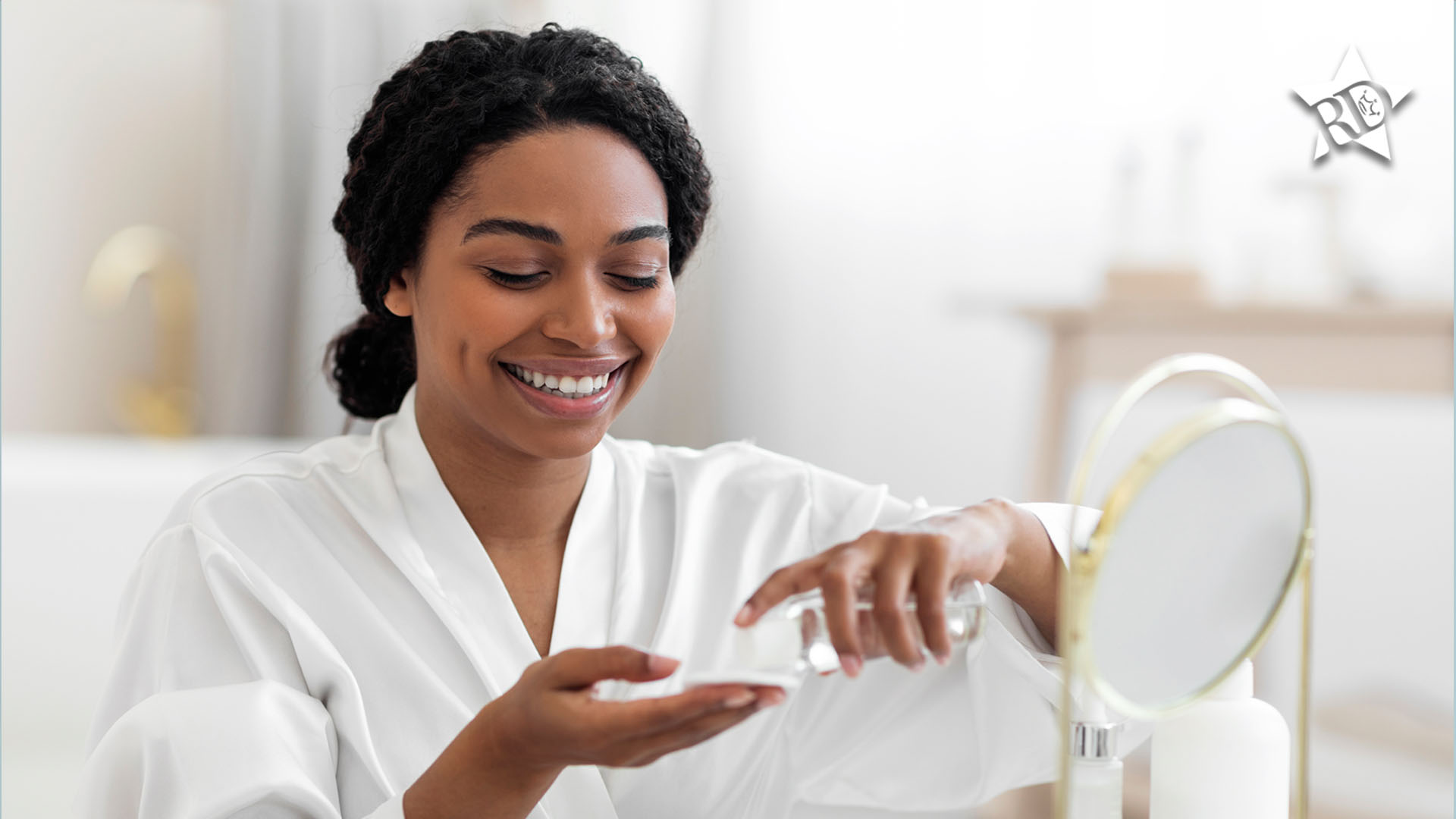How to Exfoliate Your Entire Body: Essential Techniques and Tips?
Exfoliation is a critical aspect of skincare that is often overlooked. It plays a vital role in maintaining the health of your skin, helping to remove dead skin cells and promote a radiant glow. If you're a beautician looking to enhance your clients' skin care routines, learning how to exfoliate your entire body can set you apart in the competitive beauty industry. This guide will cover various methods, tips, and tricks to help you achieve the best possible results for your clients.
In this article, well delve into the significance of exfoliation, the different methods available, and offer practical advice on how to effectively exfoliate all areas of the body. Understanding what works for different skin types will empower you to tailor your exfoliation techniques to meet the unique needs of each client.

The Importance of Exfoliating Your Entire Body
Exfoliating isn't just a luxuryits a necessity for healthy skin. When you exfoliate your entire body, you help to:
- Improve skin texture
- Enhance circulation
- Promote smoother skin
- Reduce body acne
- Improve the absorption of skincare products
By removing dead skin cells, you expose a fresh layer of skin, allowing creams and lotions to penetrate deeper. This means that any treatments or moisturizers you use post-exfoliation will be much more effective.
Choosing the Right Exfoliation Method
There are several methods for exfoliating the body, and selecting the right one depends on your client's **skin type**, **concerns**, and **preferences**.
1. Physical Exfoliation
This involves using scrubs or tools to manually remove dead skin cells. Some effective options include:
- Body Scrubs: Scrubs that contain granules, such as sugar or salt, can be used during showers to slough off dead skin.
- Exfoliating Gloves: Wearing exfoliating gloves while showering can effectively increase the exfoliation process.
- Microdermabrasion Tools: These are more intense and can provide professional results but should be used with caution.
For detailed tips on using gloves for exfoliation, refer to this link.
2. Chemical Exfoliation
Chemical exfoliants use acids or enzymes to dissolve dead skin cells. These products can be stronger and may require careful application:
- AHAs: Alpha hydroxy acids are great for dry skin and can enhance skin hydration.
- BHAs: Beta hydroxy acids penetrate oil, making them ideal for oily or acne-prone skin.
Those interested in chemical treatments should seek out products with proven efficacy and consult professionals if needed.
Common Areas to Exfoliate
When exfoliating your entire body, certain areas often require more attention. Here are some common areas to focus on:
1. Elbows and Knees
These areas tend to be thicker and drier. Use a scrub specifically formulated for rough skin.
2. Back and Shoulders
The back, often prone to body acne, benefits from both physical and chemical exfoliation to prevent clogged pores. More information on body acne can be found here.
3. Feet
Don't forget the feet, especially the heels that often get dry and callused. Specialized foot scrubs can help maintain softness.
Creating a Personal Exfoliation Routine
Encouraging your clients to integrate a regular exfoliation routine into their skincare regimen is crucial. Heres a simple routine you can recommend:
- Choose a frequency that suits their skin type (sensitive skin may only require exfoliation once a week, while oily skin may benefit from more frequent exfoliation).
- Start with showers using an exfoliating product.
- Ensure proper hydration post-exfoliation to maintain skin health.
When to Avoid Exfoliation
While exfoliation is beneficial, there are certain scenarios when it should be avoided:
- Active acne: Exfoliating inflamed areas can worsen the situation.
- Sunburn: Exfoliating sunburned skin can lead to peeling and irritation.
- Recent cosmetic procedures: Allow the skin to heal before resuming exfoliation.
FAQs about Body Exfoliation
1. How often should I exfoliate my body?
It depends on your skin type. Oily skin may require 2-3 times a week, while sensitive skin might only need once a week. For more insights on exfoliation frequency, check this article.
2. Can I exfoliate sensitive skin?
Yes, but its important to use gentle exfoliants specifically formulated for sensitive skin. Avoid harsh scrubs or strong acids.
3. What are the benefits of exfoliating?
Exfoliation helps improve skin texture, reduces body acne, and enhances the absorption of other skincare products.

Conclusion
By mastering how to exfoliate your entire body, beauticians can significantly improve the overall health and appearance of their clients skin. Remember to consider individual skin types, preferences, and skin concerns when applying these techniques. With a tailored approach, your clients will enjoy smoother, healthier skin that radiates confidence.

